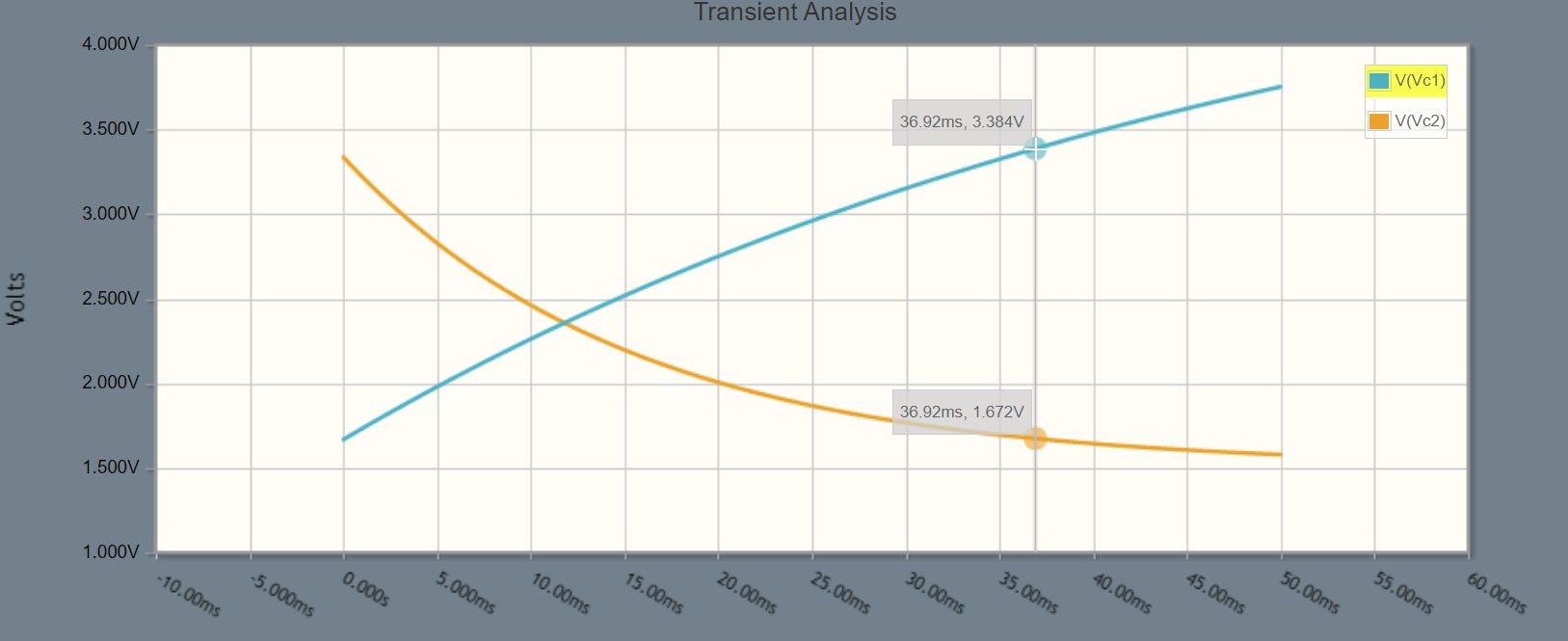I was looking at a dead Molex "Suitcase" terminal applicators and found on its controller board this 555 circuit. It appears to be an astable multivibrator, but not the typical kind.
It lacks the reset pin being pulled high, or the typical 0.01uF capacitor on pin 5.
It also lacks a pullup resistor from pin 7 to VCC, but has a "pullup" on pin 6 to VCC.
I put the circuit on a breadboard and noticed I get a 13 Hz square wave with a 47/53 duty cycle, which is also odd, as on a vanilla astable multivibrator, the high time is typically larger than the low time, while here, the high time is lower than the low time.
How does this circuit work and why would someone do it this way?
EDIT:
Below was a circuit I breadboarded that got close, but doing it the way I am used to seeing it.




